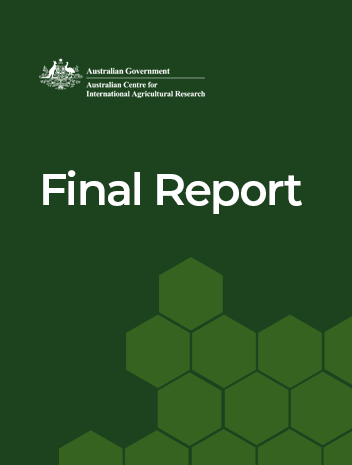Overview
This project aimed to enhance the capacity of household agroforestry systems and community forests to generate livelihoods and food security in the mid-hills region of Nepal.
Nepal is the 17th poorest country in the world; 41% of the population are under-nourished and 30 of its 75 districts are food insecure. 66% of the population live off a combination of agriculture and forest products. Low productivity, sub-optimal management, limited marketing opportunities, and inequitable centralised planning and service delivery prevent forestry systems from providing adequate livelihoods.
This project improved management of agroforestry and community forestry systems through biophysical practices and institutional and governance models. It also provided insights into improving existing markets, creating markets for forest products, and bringing abandoned agricultural land back into productive and equitable use.




